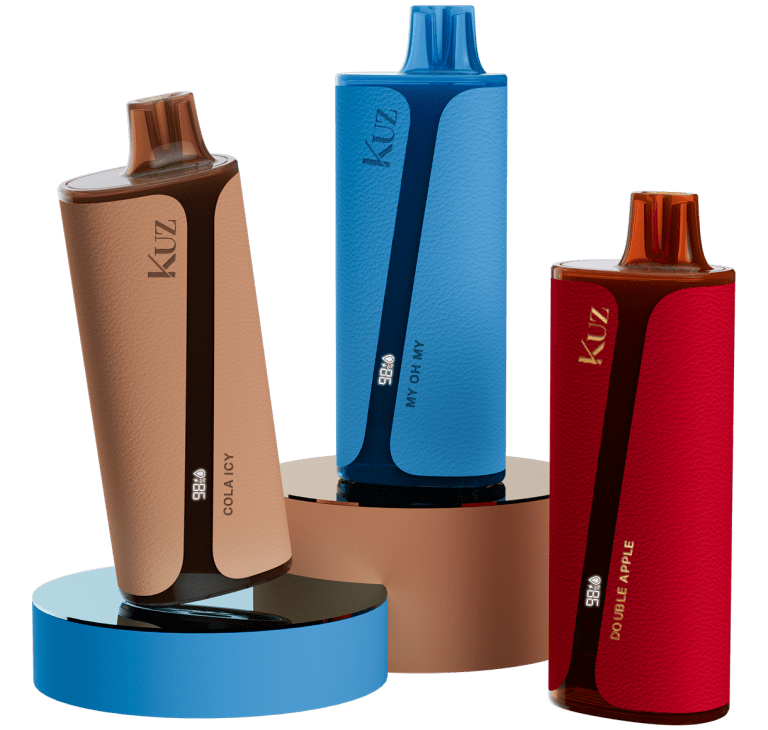The rise in the popularity of vaping has also led to an alarming increase in the availability of counterfeit vaping products. These fake vapes not only deceive consumers but also pose significant health and safety risks. Understanding the dangers of fake vapes and how to avoid them is crucial for anyone who vapes or is considering it.
The Dangers of Fake Vapes
Fake vapes are not subjected to the same rigorous testing and quality control as legitimate products. This lack of oversight can lead to several dangers:
Health Risks from Unknown Chemicals
Legitimate vape products are produced under strict regulations to ensure the safety of the e-liquids used. However, counterfeit vapes often contain harmful substances that are not listed on the packaging. These can include dangerous chemicals like vitamin E acetate, heavy metals, or other toxic additives that can lead to severe health issues, including lung damage and other respiratory problems.
Battery and Hardware Failures
One of the most critical safety concerns with fake vapes is the potential for battery malfunctions. Counterfeit vapes often use substandard or recycled batteries that can overheat, leading to leaks, explosions, or fires. Unlike authentic products that include safety features like overheat protection, fake vapes typically lack these safeguards, making them much more hazardous to use.
Inconsistent Nicotine Levels
Fake vapes may not deliver the nicotine levels stated on their packaging, leading to an unpredictable vaping experience. This inconsistency not only fails to meet the user’s expectations but can also pose additional health risks, especially for those trying to control their nicotine intake.
How to Identify Fake Vapes
Spotting a fake vape requires a keen eye for detail. Here are some key indicators that a vape product might be counterfeit:
Packaging and Branding
Authentic vapes come in high-quality packaging with clear printing, vibrant colors, and consistent logos. Counterfeit products often have spelling errors, faded colors, and poorly applied seals. Always check for a hologram, QR code, or scratch-off security code on the packaging. These features should lead to the manufacturer’s website for verification.
Build Quality
Authentic vapes are known for their solid construction and smooth finishes. Fake vapes, on the other hand, may feel lighter, have loose components, or display uneven seams. These physical defects are tell-tale signs of a counterfeit product.
Price Discrepancies
If the price of a vape seems too good to be true, it probably is. Counterfeit vapes are often sold at significantly lower prices to attract buyers, but this discount comes at the cost of quality and safety.
What to Do If You Have a Fake Vape
If you suspect that you have purchased a fake vape, it’s crucial to stop using it immediately. Continuing to use a counterfeit vape could expose you to harmful chemicals or result in a battery malfunction. Report the product to the relevant authorities or consumer protection agencies, and if possible, reach out to the supposed manufacturer to verify the authenticity of the device.
Conclusion
The dangers of fake vapes are real and significant, from exposure to harmful chemicals to the risk of battery explosions. To protect your health and safety, always purchase vape products from reputable sources, and take the time to verify their authenticity. By staying informed and vigilant, you can enjoy vaping safely and avoid the risks associated with counterfeit products.



